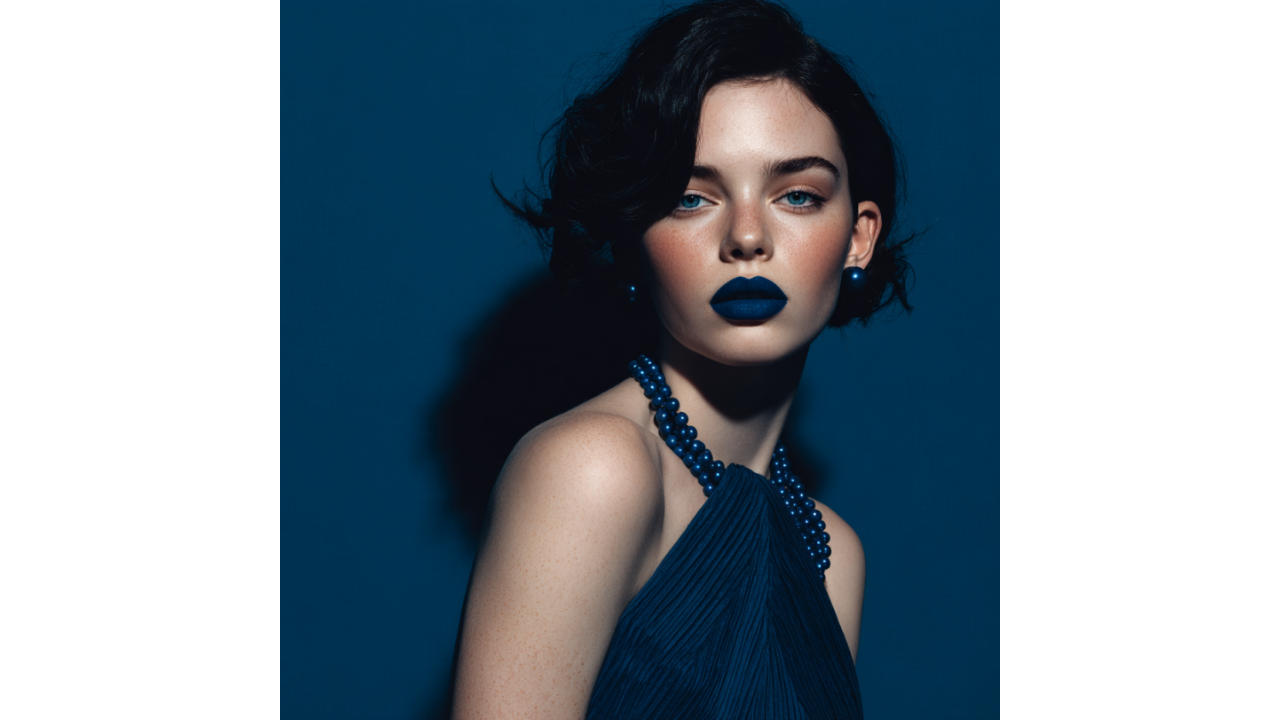Autism Marketing Jobs: Harnessing Unique Talents in the Marketing World
The marketing industry, with its diverse range of roles and responsibilities, offers numerous opportunities for autistic individuals to showcase...
5 min read
 Neurodivergence Writing Team
:
Sep 1, 2025 8:00:00 AM
Neurodivergence Writing Team
:
Sep 1, 2025 8:00:00 AM

The fashion industry sells with images. But for millions of autistic consumers, touch determines everything.
1 in 36 people are autistic. Most have specific tactile preferences that make or break their relationship with clothing brands. Yet fashion marketing remains entirely visual.
This represents an $87 billion untapped market that the industry systematically excludes through texture ignorance.
Autistic consumers make clothing decisions differently than neurotypical shoppers. Touch often overrides visual appeal, brand status, and even price.
Traditional fashion purchase journey: See → Like → Try → Buy
Autistic consumer purchase journey: Research texture → Assess tactile properties → Test extensively → Buy multiples if it works
The industry optimizes for the first journey while ignoring the second entirely.
Most fashion brands' approach to autism accommodation:
What autistic fashion consumers actually want:
Fashion e-commerce provides extensive visual information but minimal tactile data.
What websites typically include:
What's missing for tactile-sensitive consumers:
Case Study: Online Sweater Shopping
A neurotypical shopper sees: "Cozy cable-knit sweater in seasonal colors"
An autistic shopper needs to know:
Without this information, they either don't purchase or buy and return frequently.
Texture-driven purchase patterns among autistic consumers:
High-repeat purchasing: When they find a texture they like, they often buy multiple colors and quantities
Brand loyalty through texture consistency: Stick with brands that maintain fabric quality across seasons
Premium pricing acceptance: Will pay significantly more for textures that work for them
Extended research periods: Spend 3-5x longer researching texture properties before purchase
Lower return rates: When texture information is accurate, returns drop dramatically
Fabric description optimization:
Standard description: "Soft cotton blend tee"
Tactile-inclusive description: "100% combed cotton jersey, 5.5oz weight, pre-shrunk with smooth surface finish. No side seams. Heat-sealed neck label, no scratchy tags."
Sensory vocabulary development:
Instead of marketing language like "luxuriously soft," use specific descriptors:
Traditional clothing tags create significant barriers for autistic consumers. But the industry treats this as a niche accommodation rather than a design opportunity.
Current approach: Separate "tagless" lines
Better approach: Eliminate problematic tags across all products
Innovation opportunities:
Brand differentiation: "All our clothes are designed for comfort-first wearing"
Autistic consumers value texture consistency more than visual novelty. This creates opportunities for different brand positioning.
Traditional fashion brand promise: "New styles every season"
Texture-consistent brand promise: "Your favorite fabrics, reliably available"
Case Study: The Texture Capsule Approach
Instead of constantly changing fabrics, a brand could offer:
This approach would appeal to autistic consumers while also serving other customers who value predictability.
Autistic consumers often have specific fit requirements related to sensory processing, not just body shape.
Sensory fit considerations:
Design modifications that serve broader markets:
Professional dress codes create particular challenges for autistic workers who need specific textures for comfort and focus.
Market opportunity: Professional wear optimized for sensory needs
B2B opportunity: Consulting with companies on dress code inclusivity
The fashion industry focuses autism accommodations on children's clothing, missing the growing adult autistic market.
Adult autistic fashion consumers:
Market sizing: Adult autistic consumers represent 75% of the autism-related fashion market but receive less than 25% of industry attention.
Fabric development focused on tactile properties:
Smart textile applications:
Traditional fashion marketing appeals:
Tactile-inclusive marketing messages:
Autistic consumers may need different sizing approaches based on sensory preferences rather than just body measurements.
Sensory-based sizing considerations:

In-store accommodations beyond lighting and sound:
Online optimization:
Autistic fashion influencers and content creators focus on different aspects than mainstream fashion content:
Mainstream fashion content: Styling, trends, visual appeal, brand prestige
Autism-focused fashion content: Texture reviews, sensory compatibility, practical wear testing, accommodation strategies
Brand partnership opportunities: Collaborate with autism-focused content creators for tactile product testing and authentic reviews
Subscription services optimized for texture preferences:
Premium services:
The first major fashion brand to truly understand and serve tactile-sensitive consumers will gain significant competitive advantages:
Market leadership: First-mover advantage in underserved segment
Customer loyalty: Extremely high retention rates among served customers
Word-of-mouth marketing: Strong recommendation networks in autism community
Cross-market appeal: Tactile improvements benefit many non-autistic consumers
Innovation leadership: Pioneer in inclusive design practices
Phase 1: Audit current product lines for tactile accessibility
Phase 2: Develop tactile description standards and vocabulary
Phase 3: Train customer service and sales teams on texture-focused assistance
Phase 4: Create tactile sampling and testing programs
Phase 5: Integrate sensory considerations into design and sourcing processes
The fashion industry has the opportunity to move beyond visual-only marketing toward truly inclusive design that considers how clothing feels, not just how it looks.
This isn't about creating separate "autism fashion" lines—it's about integrating tactile considerations into mainstream fashion development and marketing.
The brands that succeed will be those that realize touch is just as important as sight in fashion decisions, and that serving sensory-sensitive consumers often means creating better products for everyone.
Ready to tap into the tactile-sensitive fashion market? At Winsome Marketing, we help fashion and retail brands develop inclusive marketing strategies that go beyond visual appeal. Let's create content that speaks to how your products feel, not just how they look. Contact us today.

The marketing industry, with its diverse range of roles and responsibilities, offers numerous opportunities for autistic individuals to showcase...

Email marketing is a powerful tool for building customer relationships, but for neurodivergent audiences, standard email strategies may not be the...
.png)
4 min read
We've witnessed the relentless march toward digital-everything in marketing—each pixel optimized, each interaction tracked, each algorithm...